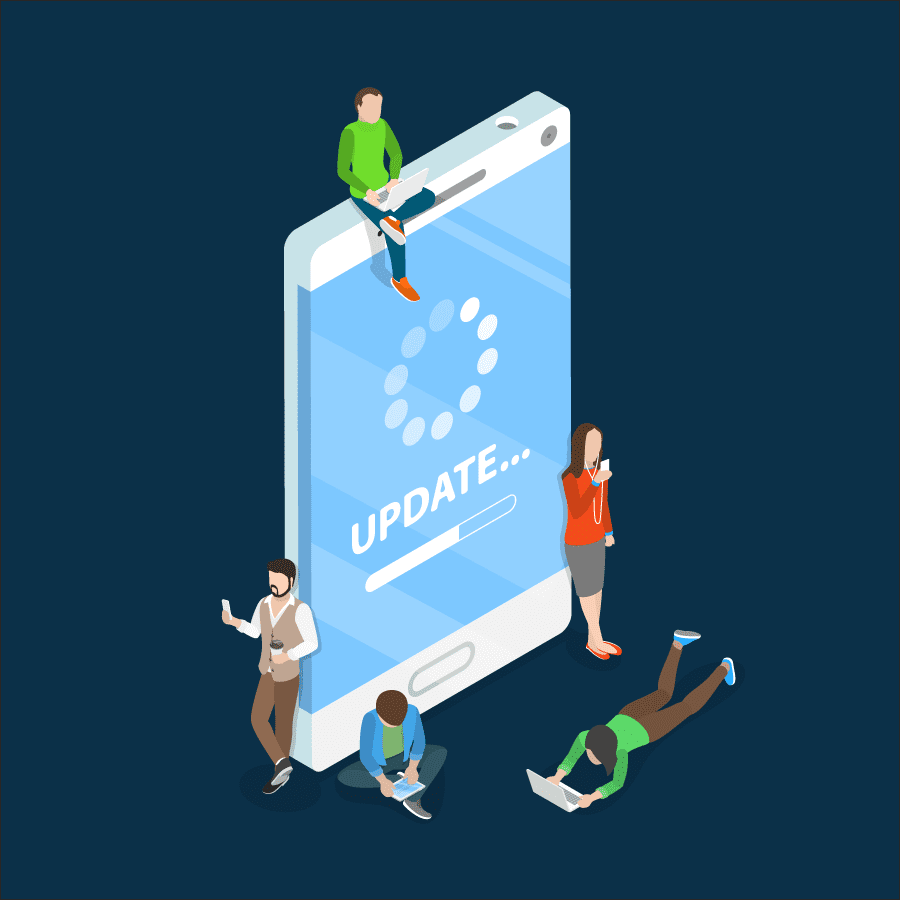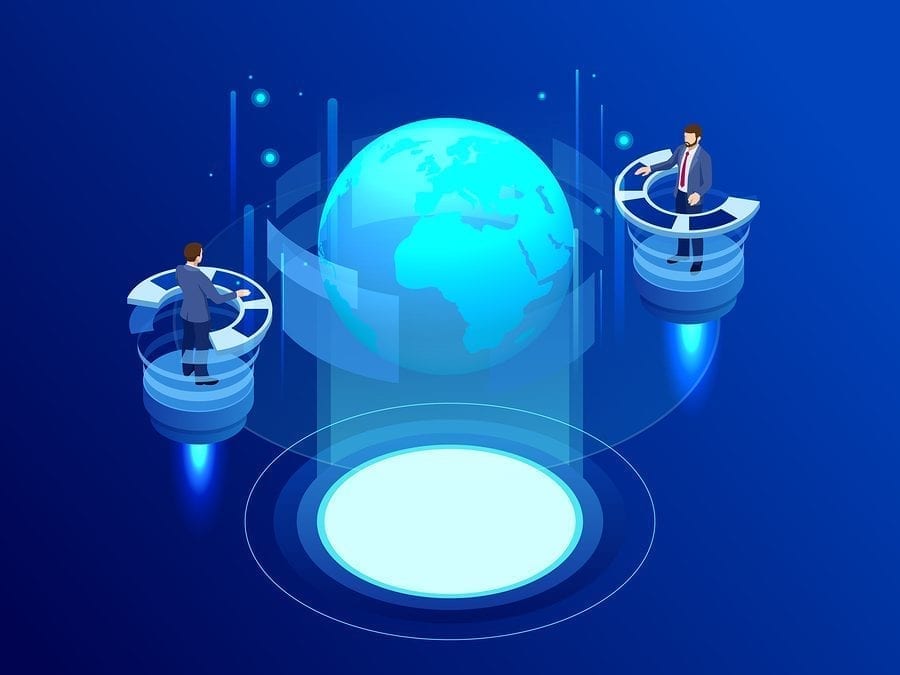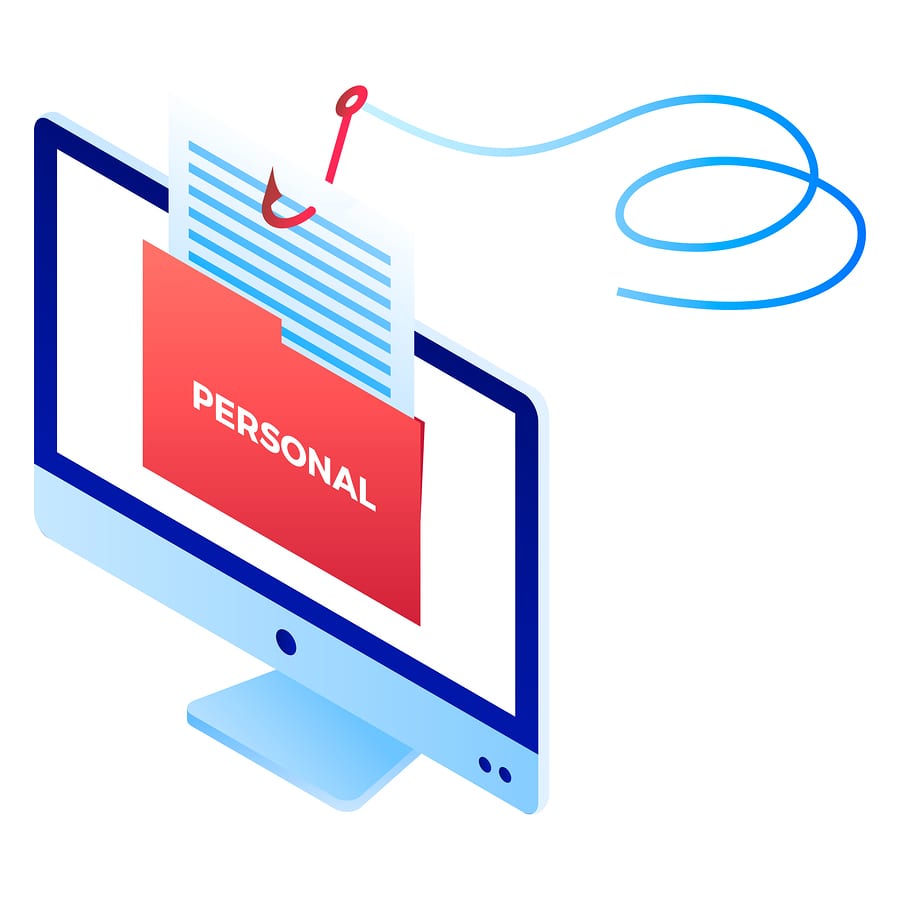Happy New Year
The New Year is here, and with it a deluge of resolutions to lose weight, watch less TV, exercise more, eat better, and all sorts of other promises which will be kept for a week or two before tapering off back into regular life. The best of us, however, will actually have the willpower to keep hold of a resolution or two and change our lives for the better. There is one resolution we all should take to heart and make sure we follow through with: bettering our cybersecurity practices.
Now, of course, this resolution isn’t just one easy thing to do. Much like “get in shape,” improving our cybersecurity habits is a multi-prong resolution. But just like “get in shape,” fostering a better total mindthink on a life-change as important as cybersecurity will only make your future easier and safer.
Simple Ways to Improve Cybersecurity
Update, Update, Update!
One of the easiest ways to improve your cybersecurity it to make sure your stuff is updated: programs and devices. Sadly, the rush to get products to consumers often means, upon release, there are holes and cracks in the software and/or hardware’s security. The suppliers of these products realize this and routinely release software updates.

These updates sometimes add functionalities to the products, but more often than not, they fix errors in the code, making the product more secure in the process. So make a schedule to check for updates for all your things and when you find them, take the time to actually update them. Not only will your stuff work better, it will also be more secure.
IAM FTW!
Identity and Access Management is very important to the cybersecurity of organizations. Basically, it’s first determining a user’s specific role in the organization (Identity) and then assigning permissions based only on what that role needs (Access). Proper Identity and Access Management (IAM) is the easiest way to limit the risk of insider threat, while also limiting external threat should the user’s credentials become compromised. IAM is tricky to implement (as users always want access to more than they need), but just like getting more exercise improves the whole body, IAM improves the security of the entire organization all at once.
Deputize Cybersecurity Rangers!
Though the bulk of cybersecurity is on the shoulders of a few in each organization, those few should make sure the many are informed and actively aware of their own cybersecurity. It is, in a way, a social contract — each user in an organization gives up a little bit of their own rights in order to maximize the safety of the organization. Every user tacitly agrees to be a part of the gestalt solution. And a big part of this resolution prong is information and training.

Everyone in an organization should have some cybersecurity training since every action from every user affects overall security. Training sessions should be scheduled for everyone, including management (all the way to the top). One of the first things taught should be the danger of phishing.
No Phishing!
We all know what phishing is, but getting an entire workforce always on alert for these sorts of scams is very difficult. Often, they prey on our own willingness to help someone out. An email from the boss near the holidays asking an employee to pick up some gift cards as presents for the board of directors sounds like something that could actually be real. But the knowledge to take a step back and examine the email more thoroughly, to never click on any links from a suspected phishing email, and to let admins know the suspect address the email’s sender (without forwarding any possibly risky message) is invaluable. It is this very knowledge which is important to impart to everyone within an organization. Show a person a phishing email and they’ll be safe for a day; teach them how to recognize and avoid phishing emails and they’ll be . . . well, you know.

Plan Ahead!
No matter how long a person has been walking, they are bound to, at least once in their lives, trip and fall. The best way to help your organization minimize the fallout from a possible future cybersecurity trip-up is through planning. Starting with IAM plans from an employee’s onboarding, continue planning for everything. Plan for all the training, plan for all the updates. Plan for the policy if a breach is detected and what will be done to secure the breach and recover from the disaster. Make up possible worst-case scenarios and plan for those. Plan for what to do when someone leaves the organization (terminating accounts and credentials, resetting passwords, etc.). Often this last step is forgotten about, leaving a host of possible intrusion points. And finally, plan for being surprised by something no one ever thought of – but plan on how to keep a level head while adapting to whatever happens. Always being prepared is actually extremely good advice.
Use the Best Tools!
The team behind Fognigma is proud to be creating tomorrow’s solutions for today’s cybersecurity problems. Or, rather, in creating solutions that allow organizations to deftly dodge the deluge of digital duplicity which constantly buffet the shores of security. If you care enough about your organization, your mission, and your users to safeguard them with the best leading-edge protection available, then contact Fognigma today.
